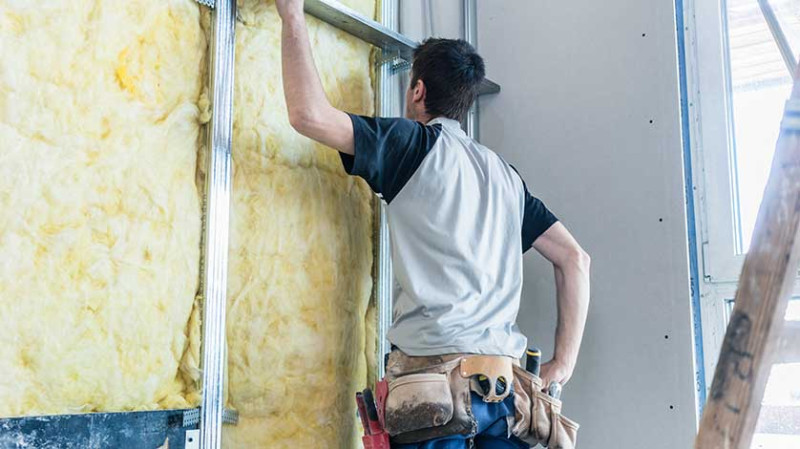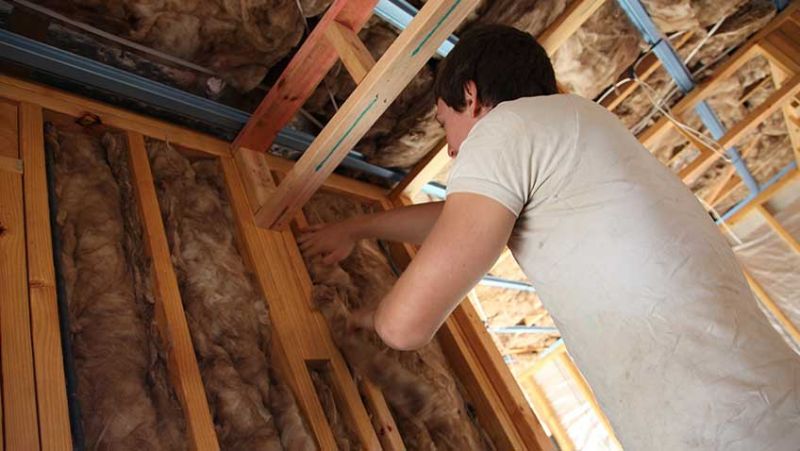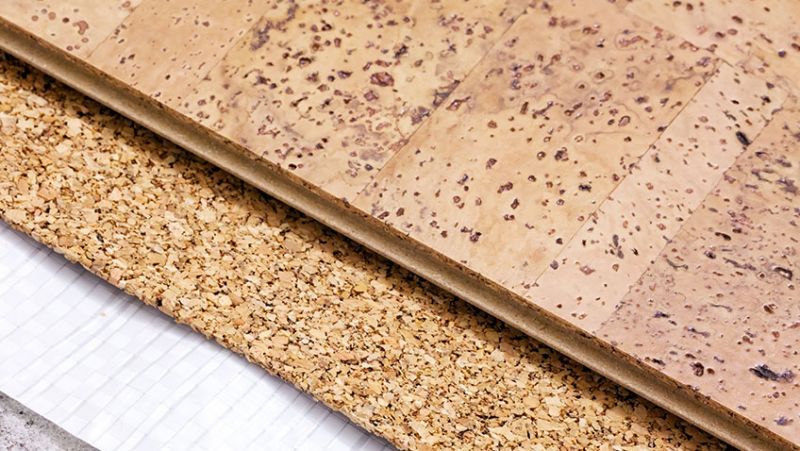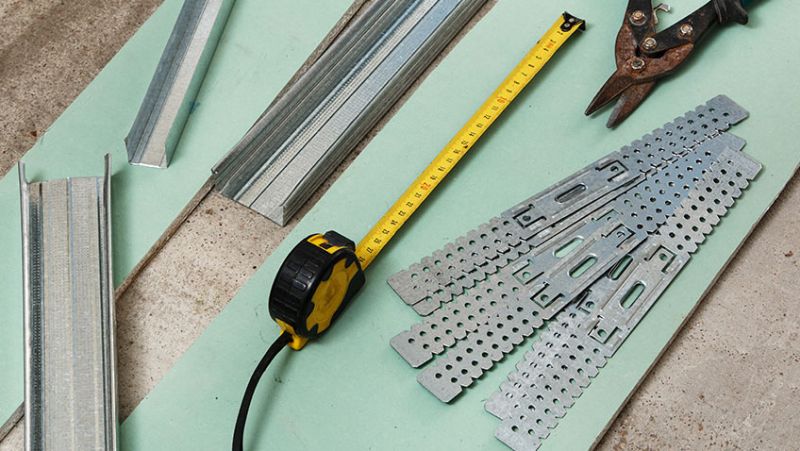
If you own or are renovating an older property in the UK, you'll know how challenging it can be to improve its energy efficiency without compromising on its character or structure. A key step in this process is choosing the right internal wall insulation. Whether you're a DIY enthusiast, interior designer, architect, or experienced tradesperson, understanding the best options for internal insulation can make a world of difference, not just in warmth, but in saving on energy bills and enhancing comfort.
Why Internal Wall Insulation Is Essential for Older Homes
Many older UK homes, particularly those built before the 1920s, are constructed with solid walls that have little to no insulation. Unlike modern homes with cavity walls, solid walls let heat escape quickly, making these homes colder in winter and more expensive to heat.
Insulating internal walls is a practical solution when external insulation isn't an option, perhaps due to planning restrictions in conservation areas or because you want to preserve the original exterior brickwork. Internal wall insulation helps to significantly reduce heat loss, regulate indoor temperatures, reduce carbon emissions, and improve the overall comfort of your home.
But not all insulation is created equal. With a range of materials and methods available, selecting the right type can be overwhelming. Read on as we explore the best internal wall insulation options suitable for old properties in the UK.
Understanding the Different Types of Internal Wall Insulation
When it comes to internal wall insulation, there are two main categories: stud wall insulation and direct-to-wall insulation systems. Choosing between them depends on the specific needs of your property, your budget, your skill level (if DIY-ing), and how much space you're willing to lose within the room.
Let's break down the common types of insulation used:
| Insulation Type | Description | Best For | Thermal Performance | DIY Friendly |
|---|---|---|---|---|
| Rigid Foam Boards | High-density boards like PIR or phenolic foam, fixed to the wall and covered with plasterboard. | Properties where space is limited and high performance is needed. | Excellent | Moderate |
| Insulated Plasterboard | Pre-laminated sheets combining insulation and plasterboard for faster installation. | Quick refurbishment projects, DIYers. | Very Good | Yes |
| Flexible Insulation Rolls | Materials like mineral wool or natural fibres fitted between timber studs. | Traditional methods, more breathable construction. | Good | Moderate/Yes |
| Spray Foam Insulation | Applied directly to walls; expands to fill gaps. | Professional installs only; hard-to-reach spaces. | Excellent | No |
| Wood Fibre Boards | Natural, breathable boards ideal for heritage buildings. | Listed buildings or those needing breathability. | Very Good | Moderate |
Rigid Foam Boards - Ideal for Maximum Efficiency
Rigid foam boards like PIR (polyisocyanurate) and phenolic foam are immensely popular due to their high thermal performance and relatively slim profile. These boards typically have thermal conductivity values between 0.020-0.023 W/m2K, meaning excellent insulation with minimal wall thickness.
Installed by affixing them to the interior wall, either directly or via battens, they are then covered with plasterboard. This system is particularly useful in rooms where space is at a premium but warmth is essential, such as bedrooms, living rooms, and bathrooms.
While these boards are effective, they must be installed carefully to avoid cold bridging and condensation problems. Vapour control layers (VCLs) are often required behind the insulation to prevent moisture from entering and condensing within the wall.
DIYers with some experience in measuring and cutting accurately can install these boards themselves, but specialists are often recommended for large-scale or complex jobs, especially in period properties where walls may be uneven.
Insulated Plasterboard - Fast & DIY Friendly
Insulated plasterboard is a time-saving solution that combines rigid foam with a layer of plasterboard, making installation faster and easier. This two-in-one board is ideal for straightforward DIY projects and light refurbishments where speed and simplicity are key.
These boards come in various thicknesses to suit different needs and can be directly bonded to walls using adhesives, fixed mechanically, or mounted on stud battens. They are great for small-to-mid refurbishment projects where you want to quickly improve energy efficiency with minimum disruption.
Keep in mind these solutions also require proper sealing around edges and penetrations (like plugs and sockets) to make sure thermal bridging and air leakage are avoided. Otherwise, you'll risk losing precious heat and compromising your insulation strategy.
Natural and Breathable Insulation Perfect for Heritage Buildings
Older properties, particularly those made with lime mortar or soft stone/brick, need breathable insulation solutions to prevent damp build-up within the walls. In such cases, natural insulation materials like sheep's wool, wood fibre boards, hempcrete, or cork offer the perfect balance of thermal performance and breathability.
Wood fibre boards, for example, are increasingly popular in the retrofit market. Though thicker than synthetic options, they allow the property to breathe, helping to manage moisture naturally. They work well in heritage or listed buildings where preserving the structure is crucial.
These products can be paired with lime plasters (also breathable) to create a sustainable, sympathetic and long-lasting renovation. Installation may be more complex because it requires an understanding of moisture behaviour in old buildings, so consulting a conservation specialist or seeking heritage retrofit advice is highly recommended.
Flexible Insulation Between Stud Walls - A Classic Method
Another common method involves erecting a timber or metal stud wall, then filling the cavity with insulation like mineral wool, glass fibre, or natural alternatives. This does take up more internal space, but it allows room for wiring and may be more forgiving on uneven surfaces.
Flexible batt and roll insulation is easy to work with, commonly available, and relatively low-cost, making it ideal for DIY jobs. However, this method also involves additional work in framing and boarding the wall after installation and offering less thermal performance than rigid materials per mm of thickness.
Acoustic benefits also come into play here, mineral wool is great at dampening sound between rooms, a bonus for busy households or home offices in converted old properties.
Considerations Before Installing Internal Wall Insulation
Before diving in and purchasing insulation materials, it's essential to assess your property and plan accordingly. Old buildings, especially those more than 100 years old, often have issues with damp, draughts, and uneven wall surfaces that need resolving before you insulate.
Perform a thorough damp survey to identify any moisture risks. Insulating over damp areas can trap condensation and worsen structural problems. Improving ventilation in tandem with insulation is often necessary to maintain a healthy indoor environment.
Space loss is another consideration. Some rigid boards add as little as 30-50mm, while other systems could reduce each room's usable space by 100mm or more. Weigh up the performance-to-space trade-off carefully.
Finally, think about installation complexity. Some systems suit adventurous DIYers, while others are best left to professionals to ensure compliance with building regs and long-term durability.
Government Grants and Building Regulations
If you're retrofitting an old home in the UK, it's worth exploring whether you're eligible for any government funding or green initiative support. Schemes such as ECO4 or local authority grants may cover part of the cost of fabric-first energy efficiency improvements, including insulation.
Even if funding isn't an option, your new insulation needs to comply with Part L of the Building Regulations, covering energy efficiency. Use materials that offer suitable U-values and plan your installation to avoid creating cold bridges or condensation traps.
If the property is listed or in a conservation area, you may need planning consent before making internal changes, especially if they affect the building's historic fabric.
Conclusion: Selecting the Best Option for Your Project
Ultimately, the best internal wall insulation for old properties depends on your specific needs: space limitations, breathability requirements, heritage considerations, budget and DIY capability. Rigid foam boards and insulated plasterboard offer a quick and efficient upgrade, while natural fibre solutions are ideal for older structures needing to "breathe".
Before starting any installation, it pays to take expert advice - especially from retrofit coordinators or conservation architects, so you don't compromise the building's long-term integrity.
Whether you're looking to update a Victorian terrace, Georgian townhouse, or Edwardian flat, investing in internal wall insulation is one of the smartest moves you can make. It increases energy efficiency, enhances comfort, and protects some of the UK's most beautiful architectural heritage.



